
Empowering women and creating opportunities for farmers are two of Kiva's top priorities. So it's exciting to note that almost two-thirds of agriculture loans on Kiva benefit female borrowers.
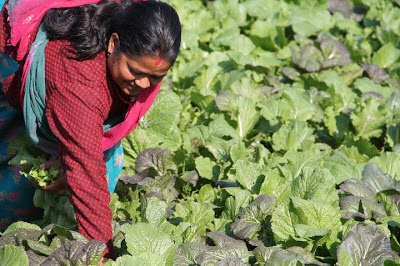
Sangita on her poultry farm in Nepal.
Most of us probably wouldn't think of agriculture as a female-driven sector. But in the developing world, women comprise 43% of the agricultural labor force. In fact, about 79% of women who consider themselves economically-active in developing countries identify agriculture as their primary source of income.
The Food and Agriculture Organization of the United Nations just published a fascinating infographic, The Female Face of Farming, that effectively illustrates the influential role women play in the industry.
Looking at these statistics, it's easy to see that rural economies would cease to exist without women. At the very least, they would be unrecognizable. Yet despite their substantial impact on the industry, women continue to receive only a fraction of the compensation and resources men do for the same work. Whether it's rights to land ownership, credit, inputs, or even just training and information, there's a huge gender disparity.
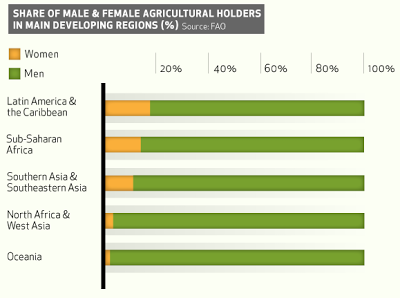
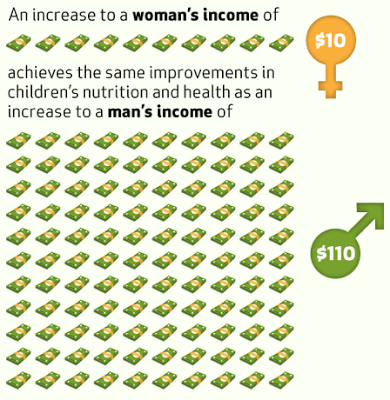
Notably, when positive changes do occur and women are empowered, they end up modeling gender equality to future generations. If a daughter grows up in a home where her mother is respected and justly compensated for her work, her future actions and mindset will be significantly different than if her mother worked grueling hours for unequal pay and had no influence on family decisions. Similarly, if a son is brought up by a mother who contributes equally to family income, he will likely show more respect for women in his own actions. This is how women's empowerment happens -- through small changes passed from generation to generation.
While today it's still true that women farmers yield about 20-30% less than men, this can be attributed to inequalities in resources and accessibility. If women were given equal access to resources, it's assumed that they could reach the same yield levels, boosting global agricultural output by 2.5 to 4%. While this may seem small, it's estimated that this increase could reduce the number of undernourished people in the world by 12-17%.
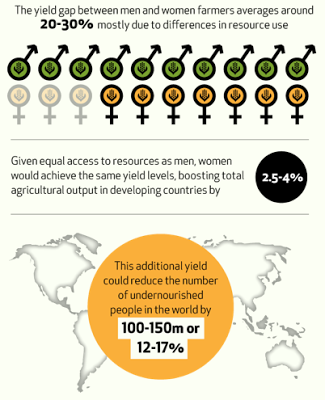
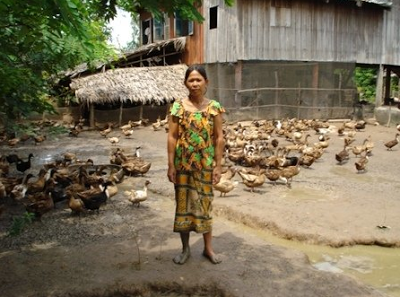
Kiva is thrilled to have connected our lenders so many strong, influential women like Chum. If you're interested in promoting economic development and women's empowerment (not to mention food security) click here to search for fundraising female agricultural loans!
Check out the FAO's Female Face of Farming infographic for more information and interesting statistics on the subject.
Have more questions about women in agriculture? Send them our way at blog@kiva.org.
PREVIOUS ARTICLE
Featured Volunteer: Hugo Reyes dedicates his time and skills to Kiva →NEXT ARTICLE
38 Kiva Fellows head out around the world! →













